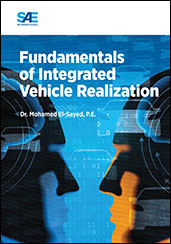Technical Paper
A Comparative Study of Recurrent Neural Network Architectures for Battery Voltage Prediction
2021-09-21
2021-01-1252
Electrification is the well-accepted solution to address carbon emissions and modernize vehicle controls. Batteries play a critical in the journey of electrification and modernization with battery voltage prediction as the foundation for safe and efficient operation. Due to its strong dependency on prior information, battery voltage was estimated with recurrent neural network methods in the recent literatures exploring a variety of deep learning techniques to estimate battery behaviors. In these studies, standard recurrent neural networks, gated recurrent units, and long-short term memory are popular neural network architectures under review. However, in most cases, each neural network architecture is individually assessed and therefore the knowledge about comparative study among three neural network architecture is limited. In addition, many literatures only studied either the dynamic voltage response or the voltage relaxation.

